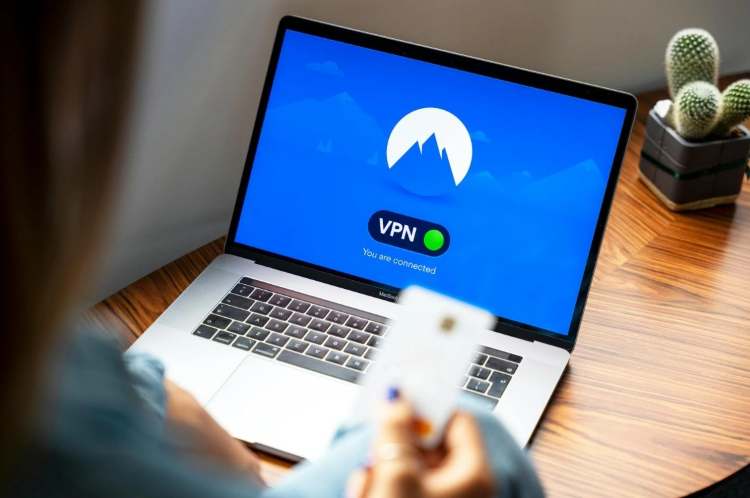
The National Payments Corporation of India is set to give the net banking system a major makeover, aiming to replicate the revolutionary success of Unified Payments Interface and make online transactions even easier for users. The ambitious project, called Netbanking 2.0, is being spearheaded by NPCI’s subsidiary, NPCI Bharat BillPay Ltd, and is expected to go live within the next three to four months. Trial runs have already been completed.
Unlike current systems that piggyback on existing payment rails such as the Immediate Payment Service (IMPS), Netbanking 2.0 will introduce an entirely new infrastructure — a move that could reshape the digital payments system.
NPCI already operates some of the country’s most critical payment networks, including UPI, RuPay, the National Financial Switch, and the National Electronic Toll Collection (FASTag) programme. With Netbanking 2.0, it hopes to widen payment options, reduce systemic risks, and ease the heavy reliance on UPI.
READ I Carbon markets get teeth as India moves to enforce emission caps
What is Netbanking 2.0
Netbanking 2.0 is a new payment switch designed to enable banks, payment aggregators, and merchants to deliver a significantly improved customer experience. Four major banks and six to eight payment aggregators are currently piloting the system, with full end-to-end testing expected to conclude by mid-May.

A key feature will be the redirection of customers to their bank’s mobile app to authorise payments, mirroring UPI’s seamless flow. The broader goal is to diversify payment avenues — avoiding an overconcentration of transactions on UPI, which now accounts for nearly half of all payments routed through aggregators.
Currently, netbanking accounts for just 10–15% of transaction volumes among payment aggregators, while UPI commands about 50%, and credit card transactions contribute around 20–25%, according to industry estimates. By enhancing netbanking, the initiative also aims to ease pressure on UPI’s infrastructure, particularly for large-value transactions.
Fixing a broken system
Netbanking 2.0 also addresses persistent problems plaguing the existing system. Consumers frequently encounter payment failures when their banks are not integrated with specific payment aggregators, particularly on major e-commerce platforms.
In its current form, netbanking lacks interoperability — each bank must separately integrate with multiple aggregators like Razorpay, Cashfree Payments, and CCAvenue to offer services to merchants. This fragmented setup leads to inefficiencies in settlements, reconciliations, chargebacks, and even visibility over transaction categories.
Today, companies such as Amazon and Flipkart must forge multiple partnerships with payment gateways to ensure smooth netbanking transactions. NPCI’s plan is to replace these piecemeal efforts with a unified infrastructure accessible to all banks and aggregators, thereby standardising the ecosystem and improving user experience.
Once implemented, banks can connect to a centralised platform operated by NBBL, leveraging a new IMPS-like technology in development, streamlining the transaction process across merchants and payment channels.
Recognising the shift towards multi-device transactions — particularly among businesses — NBBL is also considering introducing dynamic QR codes for netbanking flows. Given that many payments are initiated on desktops or laptops, users would be able to scan a QR code on-screen to authorise transactions on their mobile banking apps. These QR codes, however, will be distinct from those used in UPI transactions or India’s Central Bank Digital Currency (CBDC) system.
Regulatory push and industry concerns
The push for modernising netbanking is also aligned with the Reserve Bank of India’s broader payments strategy. In June 2022, the RBI called for optimising internet banking services, noting that netbanking was underperforming relative to its potential. Former RBI Governor Shaktikanta Das later highlighted the need for interoperability and faster settlements for merchants — an issue the new system seeks to fix under the RBI’s “Payments Vision 2025.”
However, the transition is not without its challenges. By centralising and streamlining netbanking, NPCI’s move could diminish the role of payment aggregators, who have spent years painstakingly building relationships with individual banks and merchants. It could also lower transaction costs for netbanking — much like what happened with UPI — squeezing margins for aggregators.
Industry players have voiced concerns about Netbanking 2.0 replicating UPI’s monetisation struggles. Although UPI has become a cornerstone of India’s digital payments revolution, its “zero MDR” (merchant discount rate) policy has rendered it economically unsustainable for many service providers. Maintaining and upgrading UPI infrastructure comes at a significant cost, yet the ecosystem offers limited avenues for recovery due to the government’s insistence on keeping it free as “public digital infrastructure.”
“If Netbanking 2.0 follows the same path as UPI — with zero or minimal pricing — it could threaten the financial viability of players in the payments ecosystem,” a senior payments executive warned.
While industry insiders generally welcome the standardisation and resilience Netbanking 2.0 could bring, the success of the project will depend on how NPCI and the broader regulatory framework balance innovation, security, and commercial sustainability.
The question now is not just whether Netbanking 2.0 can deliver a UPI-like user experience — but whether it can avoid repeating UPI’s economic pitfalls.
